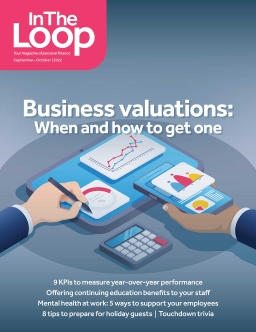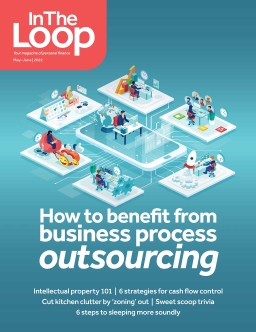Writing a Business Plan Series – Step 9: The Financial Plan

Writing a business plan can be daunting, but it doesn’t have to be. So far in this series of articles, we have covered step 1: determining audience; step 2: defining mission, vision, & core values; step 3: company description; step 4: market analysis; step 5: SWOT analysis; step 6: the products & services section; step 7: the industry background section; & step 8: the marketing plan. Step 9 is the financial plan.
The financial plan briefly summarizes your practice’s current status & projections for future financial performance. You should use your best estimate of the risks involved and return on investment (ROI) over 3-5 years.
Here are the elements to include in your financial plan.
Assumptions
What do you expect your capital structure to be? What are your expectations of the growth rate in the market & industry? What are you assuming to be true about your fixed & variable costs? What assumptions have you made about growth & cash flow fluctuations? You must back up your claims with expert sources & evidence.
Capital Requirements
What are your assumptions for the structure of the capital requirements? How much do you plan to finance? How much of your personal money do you plan to invest? How much money do you need & expect to raise? How will this money be spent? Who will invest in your practice?
Income Statement
The income statement is a projected profit & loss statement that includes forecasts for your practice in the next 3-5 years. Use numbers from sales forecasts, cash flow statements & expense projections to create the income statement. Gross Margin = Revenue – Cost of Goods Sold (COGS). Net Profit = Revenue – Expenses – Interest – Taxes.
Balance Sheet
Typically, your accountant prepares the balance sheet. It is a snapshot of the practice’s assets, equities, & liabilities at a point in time.
Cash Flow Statement
The cash flow statement shows when you most need & most receive money. It illustrates how the practice acquires & spends cash in a specific period.
Breakeven Analysis
The breakeven is the point at which the practice becomes profitable. The breakeven point = Fixed Costs/[(Sales-Variable Costs)/Sales]. You should include the breakeven analysis in the attachments of your business plan.
Return on Investment (ROI)
Return on Investment (ROI) is the expected financial gain of the invested capital. ROI = Net Operating Income/Total Investments. Lenders will want to see this calculation.
Exit Strategy
You should include a variety of exit options along the way. Even if the practice is successful, how do you propose you end the process? Will you put the practice up for sale? If so, to whom, a private buyer or a larger group?
Remember to include financial statements, projections, graphs, and charts used in the attachments section of your business plan.
References
https://hbr.org/product/creating-business-plans-hbr-20-minute-manager-series/16998?sku=16998-PBK-ENG
Back to issue









